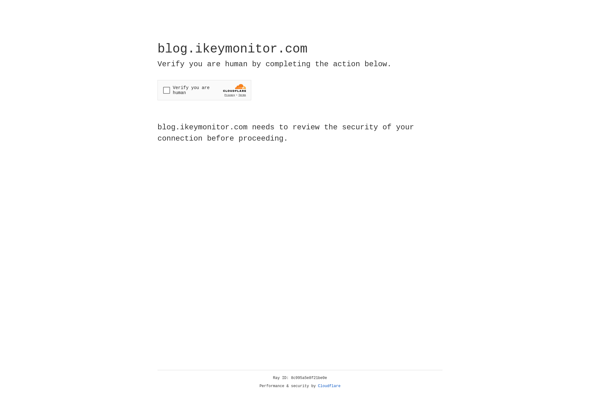Windows Keylogger
Windows Keylogger: Monitor User Activity Without Consent
A Windows keylogger is software that secretly records all keyboard input on a Windows computer. It logs each keystroke to monitor user activity without consent.
What is Windows Keylogger?
A Windows keylogger is a type of monitoring software that covertly records all keyboard strokes made on a Windows computer or device. It logs each and every key that is pressed in order to capture sensitive information such as passwords, emails, messages, and documents typed by the user.
Keyloggers work by installing in the background of a Windows operating system and then silently tracking keyboard input. The keystroke logs are either stored locally on the infected device or transmitted to a remote location. The keylogging is completely invisible to the user.
Keyloggers are often used as spyware or by cybercriminals to steal confidential data like login credentials, financial information, or trade secrets from a target Windows system. The illicitly obtained keyboard logs may then be used for identity theft, cyberstalking, extortion, or other malicious purposes.
Some signs that a Windows keylogger may be installed include decreased device performance, unknown programs running in the system tray or background, and passwords or data breaches. However, advanced keyloggers are designed to be difficult to detect. Only anti-virus scans, active monitoring of system processes, and other security practices can effectively uncover a covert Windows keylogging program.
Windows Keylogger Features
Features
- Captures all keyboard input on a Windows computer
- Logs each keystroke to monitor user activity
- Operates silently in the background without user consent
- Allows remote access to recorded data
- Provides detailed reports of user activity
Pricing
- Subscription-Based
Pros
Cons
Official Links
Reviews & Ratings
Login to ReviewThe Best Windows Keylogger Alternatives
Top Security & Privacy and Monitoring and other similar apps like Windows Keylogger
Best Free Keylogger

Refog Keylogger
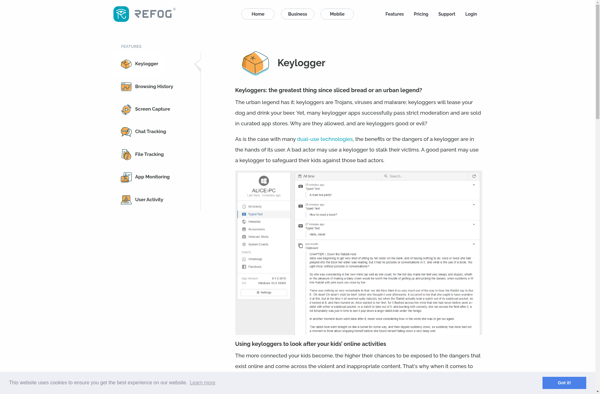
PyKeylogger
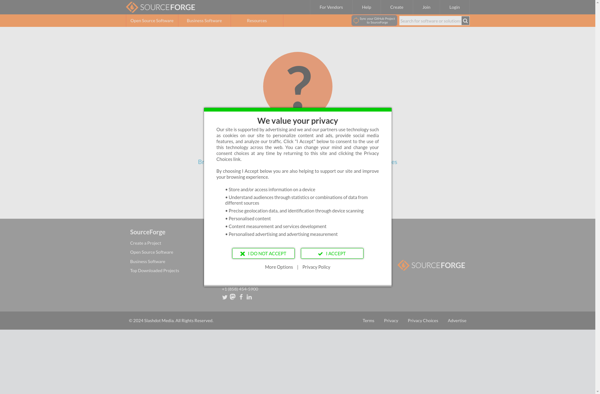
Revealer Keylogger

Type Machine
All In One Keylogger

Elite Keylogger

Any Keylogger

Key InFormer
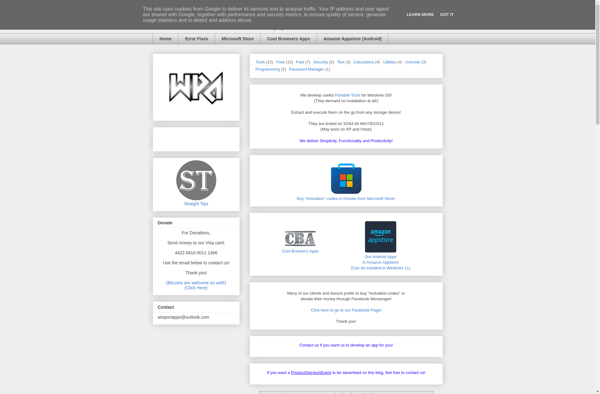
Aobo Keylogger
Powered Keylogger

Amac Keylogger
